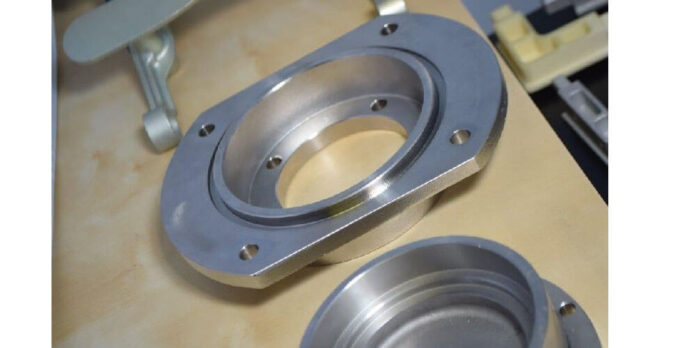Investment casting is also known as low-wax or precision casting. It involves the shaping of a ceramic mold using a wax pattern. It is applied in multiple applications to make a variety of prototypes and products. Metal investment casting accommodates different materials, and it’s essential to choose the right one for your application as they have varying properties and uses. In this extract, we expound on the investment casting materials.
Material Selection for the Investment Casting Process
A wide selection of alloys and other metals is available to choose from based on the desired casting part. Proper selection of material comes with several benefits like helping you achieve the functionality of your design. The materials include;
1. Stainless Steel
When compared with other materials, stainless steel is the most durable. Its use in investment casting has increased over the years among engineers and designers. The material is mainly used in automotive applications for parts such as gearboxes. However, it is also used in other industries like defense aerospace: which require non-corrosive parts with tensile strength and parts like golf club heads, camping gears, and components.
2. Low Alloy Steel
The material is loved especially in the mechanical world due to its mechanical properties that come with great benefits and affordability. It is one of the most used types of steel due to its versatility. Different parts of a product have varying properties, and specialized heat treatment can create parts with different qualities still on the same workpiece. A surface can be made more resistant by making it rough while another remains smooth.
3. Carbon Steel
Carbon steel has a variety of grades and classifications based on how much carbon content is within it. The different applications require different levels of carbon to fulfill their functions. Heat treatment is used to enhance the performance, strength, and elasticity of carbon steel. It is known for its ferromagnetic properties that make it useful in electrical appliances and motors. It is affordable, durable, and safe hence used frequently worldwide.
4. Aluminium Alloy
It is a popular material used in investment casting in industries such as electronics, military, aerospace, and avionics. Resistance melting and de-gassing is used during the casting process to pour aluminum in the NDT level to create products like levers, valves, pistol frames, and heat sinks. Aluminum alloy has a high strength to weight ratio and can also be heat-treated to increase its strength, flexibility, machinability, and corrosion resistance.
5. Cast Iron
There are two divisions of cast iron: ductile and gray iron. Ductile iron has high strength levels, toughness, and heat resistance. However, its production process is complex; hence the cost is higher than steel. Generally, both types have high accuracy and are cost-friendly.
6. Copper Alloy
The material is versatile and mainly used on ships, pump propellers, and plumbing equipment due to its ability to resist wear and corrosion. Some copper alloys include brass, bronze, and beryllium copper.
Conclusion
Investment casting materials vary from one application to the other. Understanding the properties, uses, and benefits of each is essential to help you choose the correct one for maximum benefit and functionality.







